The charred remains of Douglas fir and Lodgepole pine forests once sent their seeds fluttering through the air — often in the belly or beak of a bird — but not like this.
When the six rotors of these heavy-lift drones hum to life, they each propel over 1,500 seeds into an automated swarm that some hope marks the start of a revolution in tree planting.
“Reforestation is arguably the best solution we have for pulling carbon out of the air,” said Bryce Jones, co-founder and CEO of , a Canadian drone tree-planting company with a growing footprint in British Columbia.
“But there’s no technology. It’s literally people with bags and shovels. It’s been the same method for 100 years.”
In their short history, aerial drones have transformed our skies — in some cases delivering stunning images or medicine, in others, raining terror on soldiers and civilians alike.
Now, a handful of companies are looking to re-purpose unmanned vehicles. Their goal: germinate landscapes scarred by wildfire, and in so doing, reforest a planet that by one has lost half its trees.
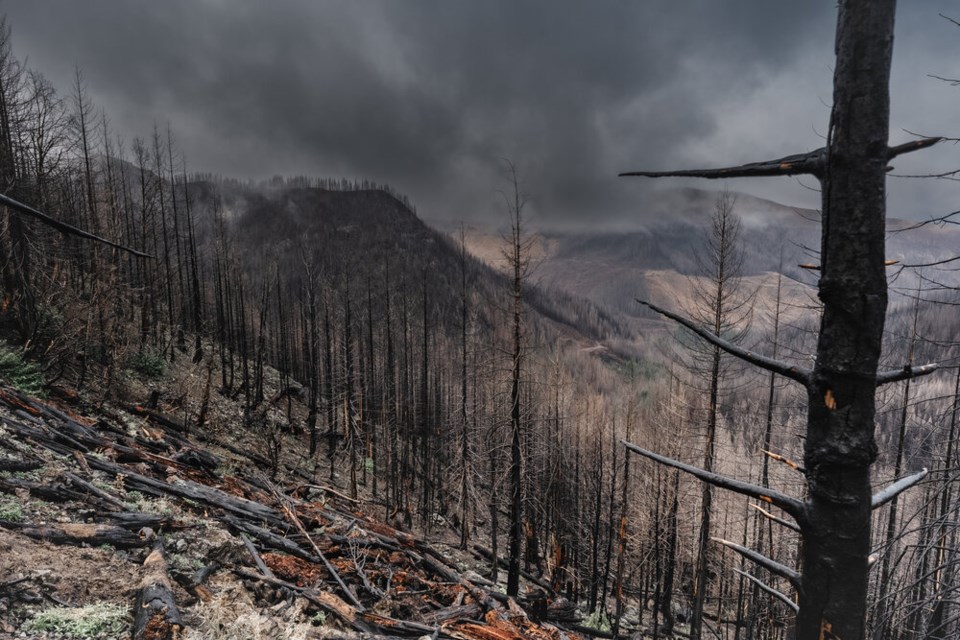
Today, a confluence of logging, blight and wildfires is largely to blame for that loss, a deadly mix that in 2021 enough forest to cover all of New Zealand.
When a tree is cut down, it stops absorbing atmospheric carbon. If it is burned, all the carbon gathered in its lifetime is released back into the air.
Many experts see reforestation as one of the best and most cost-effective solutions to fight both the climate crisis and a catastrophic loss in biodiversity — so much so that last year more than 140 countries agreed to .
Whether to harvest wood, blaze new farmland or build cities, technology and automation have empowered human civilization to . For proponents, the rise in drones offers a chance to turn such destructive technology on its head.
Could drones help humanity engineer its way out of disaster?
The growing promise of planting from the sky
Aerial planting has long captured the imaginations of people trying to rejuvenate forests.
Early records of aerial reforestation can be traced back to Hawaii in the 1930s, when airplanes were used in an attempt to plant trees in hard-to-reach mountainous regions of Honolulu ravaged by wildfire. By many metrics, it failed: the seeds didn't hit the ground fast enough to take root; loose on the surface, research has found it may have even contributed to an on the island.
After the Second World War, former Royal Air Force pilot Jack Walters came to the University of British Columbia to study forests. In 1953, he was the first man to put seedlings into plastic "bullets" and into the ground. The seedlings struggled to send their roots through the plastic sheath, but the experiments eventually gave rise to a plug system deployed by tree planters on the ground today.
Decades later, in a paper, he floated the idea of firing the seed bullets from an airplane.
Little came of it, until the late 1990s, when U.S. manufacturer Lockheed Martin Aerospace told a reporter from it had adapted Walters's idea. At the time, a company spokesperson said it could plant 900,000 trees per day with equipment originally designed to plant fields of landmines.
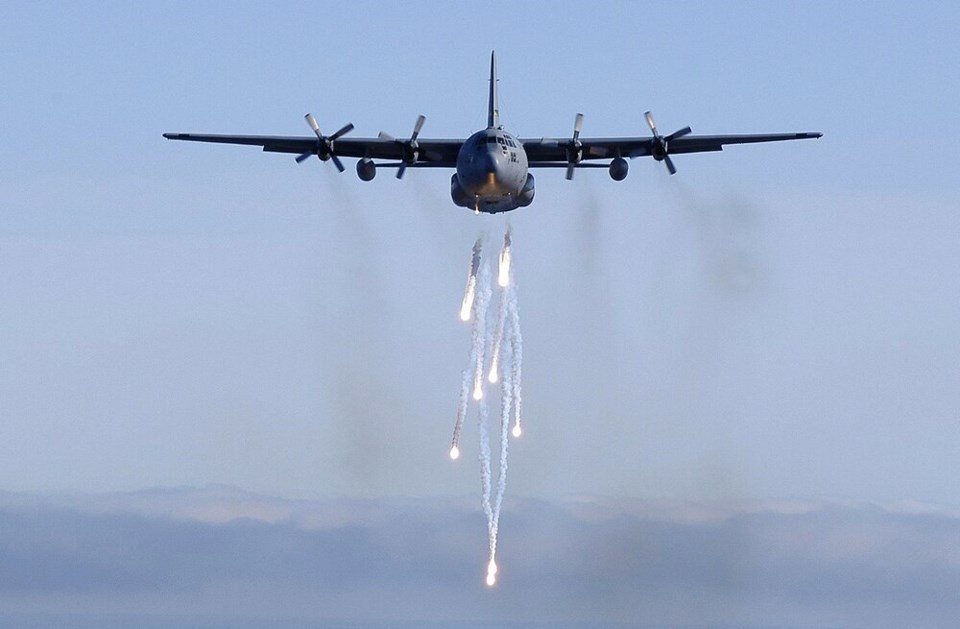
It was around that time when John Innes, a forestry researcher at the University of British Columbia, says he first advised on an aerial planting project in Oman.
A helicopter would fly over planting sites and drop seedlings in bullet-shaped cones. Like many projects before it, Innes says the project had “zero success.”
Elsewhere in the world, others have kept the dream of planting from the air alive.
In , researchers have handed out seed balls to pilots, paragliders, hot air balloonists and even herders with slingshots.
Some ecosystems present low barriers to aerial seeding. In Australia’s eucalyptus forests, from aircraft has become standard practice.
But in much of North America, it’s more complicated. The forests of British Columbia, for example, are often overloaded with left over from clearcut logging and policies that focused on .
Even in a logged forest, the ground is rarely clear. The stumps and slash piles left behind create a shield over the soil, turning away any would-be seed from the sky before it can take root.
It’s a problem Innes says Flash Forest faced when it first used drones to plant several seedlings at a UBC research forest in Maple Ridge.
“When they first started, they weren’t doing well at all,” he said.
Started with a shovel and a bag
Jones wasn’t always into drones. He says he spent years trying to find the right entrepreneurial niche that would do something to fight climate change.
In 2017, he worked as a solar energy consultant in Vancouver, and for a time, considered getting into urban wind farms or vertical gardens. But it was a season he spent tree planting while finishing a degree at the University of Victoria that stuck with him.
When the season was long over, he couldn’t stop thinking about how the industry had failed to innovate to match the kind of loss wrought by deforestation and increasingly severe wildfires.
To automate tree planting, it would need to come from the sky, Jones quickly realized. That’s because on the ground, snags, rocks and uneven terrain would make land-based robots impractical.
In 2019, Jones’s brother Cameron left his job with the Province of Alberta and moved to Ontario to co-found Flash Forest.
The first few years were spent on research and development: creating drone prototypes, writing code and developing over 100 different seed pods in a search for the perfect recipe.
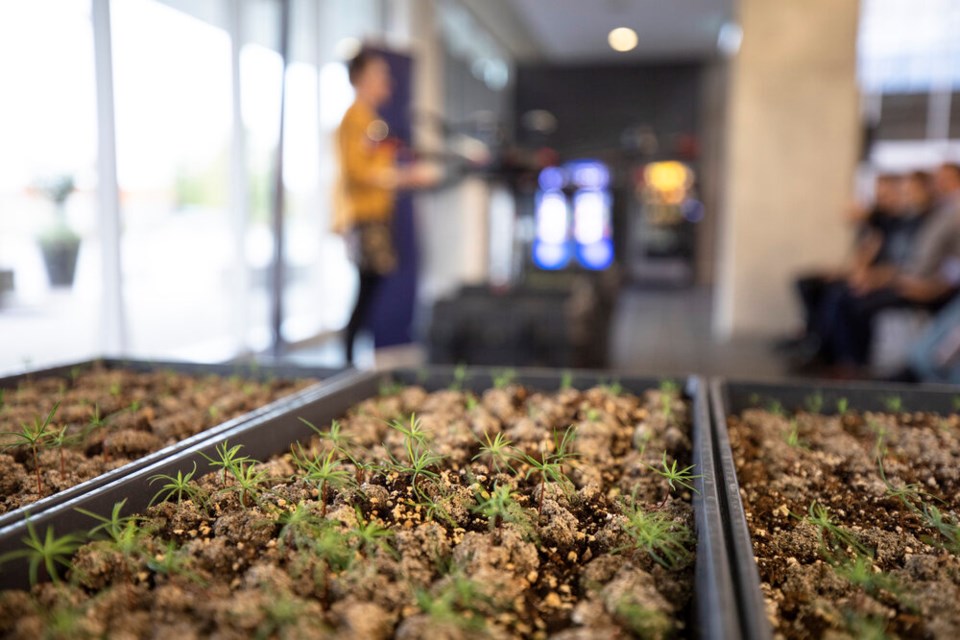
Working out of greenhouses in Mississauga, Ont., and with plant scientists at the University of British Columbia, Jones says they have hit upon an effective medium — both to fire the seeds through the air and keep them alive long enough to become trees.
The size of a large marble, the pods contain one seed each and enough nutrients, predator deterrents and microfungi to help the trees germinate and grow through their first summer.
“That’s when you hit drought and desiccation. That’s when they really need it,” Jones said.
In pilot projects at UBC's research forest and elsewhere, they started planting earlier in the season to take advantage of spring soil moisture content.
Seed survival started to improve, said Innes.
“The figures that they are giving me — their success rate in terms of the survival of seedlings is going up from year to year,” said Innes, who has received stock options for his work as a scientific advisor for Flash Forest.
Up until 2021, the company had planted roughly 50,000 trees across Ontario, Alberta and sa���ʴ�ý But that was mostly in small batches and was designed to hone their technology and technique.
This year, that all changed.
Releasing an automated swarm
At the edge of a charred forest, the day starts with reconnaissance.
A crew of Flash Forest pilots launch a mapping drone to survey the burned area down to the centimetre. That information is used to create three-dimensional topographical maps.
Next, an algorithm identifies and hives off areas covered by living trees, streams, lakes, roads or large rocks — all no-planting zones.
The company’s software then calculates where and at what density trees should be planted, and traces the most efficient flight paths for the swarm of drones.
On the ground, the crew will load about 1,500 seed pods into a hopper, each one attached to the bottom of the drone like a bulging potbelly. A pilot then manoeuvres three or four drones into the air, sending the swarm on automated flight paths over the burned forest. Along the way, a kind of mechanical gun fires off five seed pods per second from under the drone.
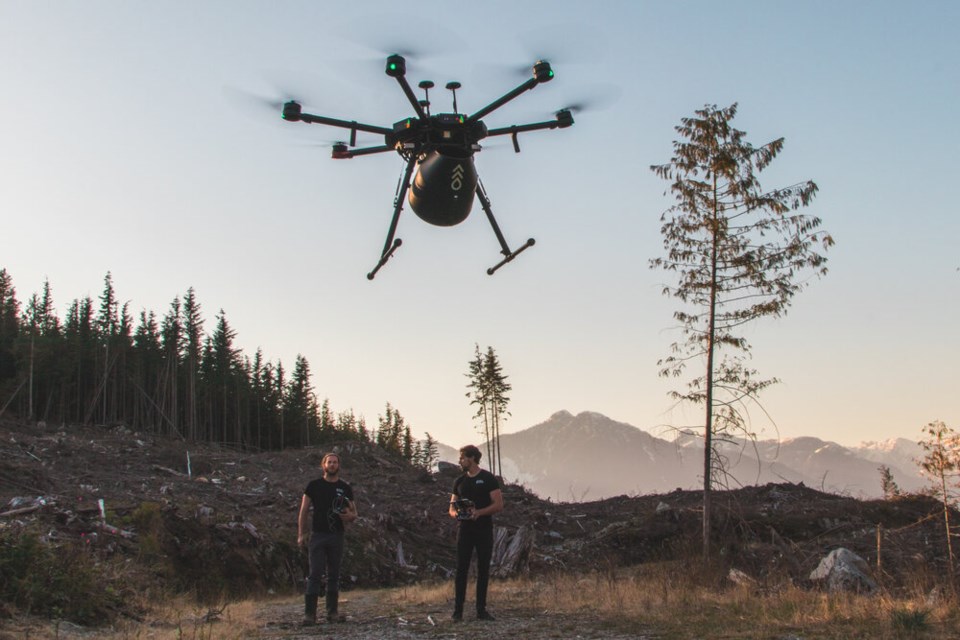
When they slam into the wildfire-charred ground, the pods are travelling at over 165 kilometres per hour — enough to bury themselves roughly 2.5 centimetres into the soil.
The idea is to arrive at a fire-scarred landscape early and scatter the pods before undergrowth makes the planting more difficult.
As Jones's brother put it to an Ontario CBC News crew last year, “Speed is our game.”
In the coming months and years, the company’s forestry team will check back to see how the seeds germinated and how many saplings survived.
If everything goes right, a forest will once again emerge from barren ground.
A focus on fire
sa���ʴ�ý’s forests are expected to face more intense and more frequent infernos in the coming decades, all part of what the United Nations warns is a gathering “.”
To replant those burned forests often requires sending crews to huge and often remote tracts of land. The hard work is best done fast before undergrowth creeps in. And that requires people.
But recruiting enough planters and ramping up a sufficient supply of tree seedlings — which must be cultivated years in advance — is a growing challenge, says Innes.
“We have large areas of land that need to be planted. We just don’t have the capacity to do it,” Innes said.
That’s where proponents say drones have a distinct advantage.
Unlike clearcut land, forests burned by wildfires offer exposed mineral soils that make a “very nice seed bed,” says Innes.
This spring, in its first commercial planting season, Flash Forest planted 150,000 trees, almost entirely in sa���ʴ�ý forests hit by wildfire. That included land scorched in the 2021 White Rock Lake fire east of Kamloops, as well as wildfire scars near Quesnel, 100 Mile House and in northern sa���ʴ�ý
Last week, sa���ʴ�ý’s Ministry of Natural Resources said it would back Flash Forest with a more than $1.3-million grant. Within two years, the government has tasked the company to plant more than a million trees.
So far the company has completed 37 projects involving 22 different tree species. But Flash Forest's ambitions are much bigger — as sa���ʴ�ý's largest company of its kind, it plans to quadruple the number of trees it plants every year, so that by 2028, it will have planted one billion trees across the country. If carried out under the auspices of the federal government, that would represent half of sa���ʴ�ý’s target to plant two billion trees by 2030.
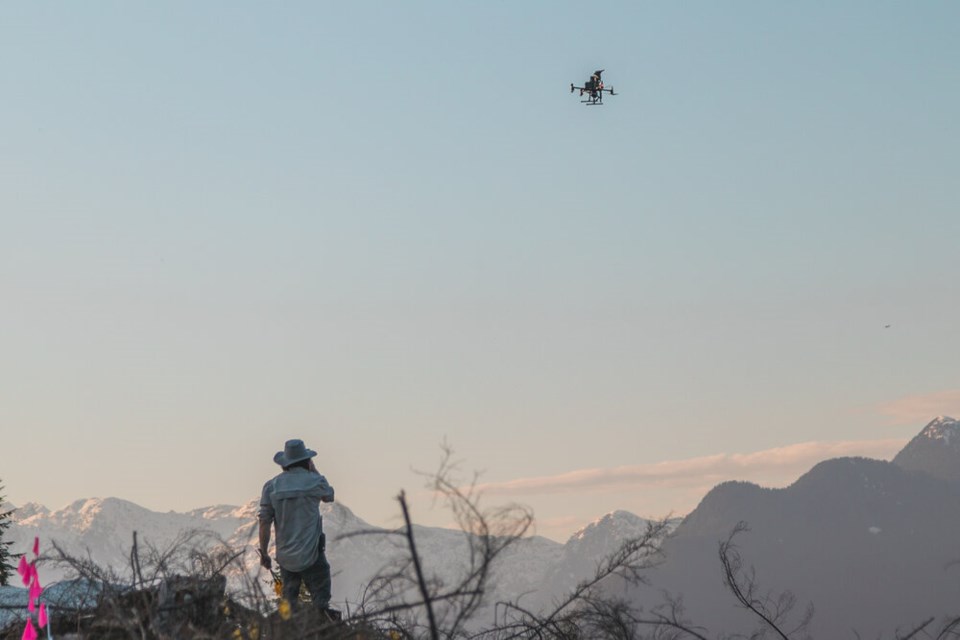
Flash Forest isn’t the only company looking to win a growing number of contracts to re-plant forests torched by wildfire. In many ways, British Columbia has become a Canadian focal point for the rapidly evolving technology.
Founded in 2016, Seattle-based outfit DroneSeed was the first company to get federal approval to operate swarms of heavy-lift drones in the United States.
Last year, the Tŝideldel and Tl’etinqox First Nations contracted DroneSeed in a to plant 50,000 seedlings on the Chilcotin Plateau, where forests were devastated by wildfires in 2017.
Such high-intensity fires “can kill mature trees and heat the first several inches of the soil,” said Cassie Meigs, DroneSeed’s senior director of client solutions.
When the soil burns that hot, the seeds stored in the ground can burn with it.
As a result, said Meigs, forests can no longer naturally regenerate themselves at sustainable levels.
DroneSeed's answer has been to ramp up seed collection and seedling production. In 2021, the company bought the seed company Silvaseed so it could combine its own seed banks and tree nurseries with field teams — some planting by hand, others manoeuvring drones to drop what the company describes as seed “pucks.”
“We are currently the largest private seed bank west of Colorado,” Meigs said.
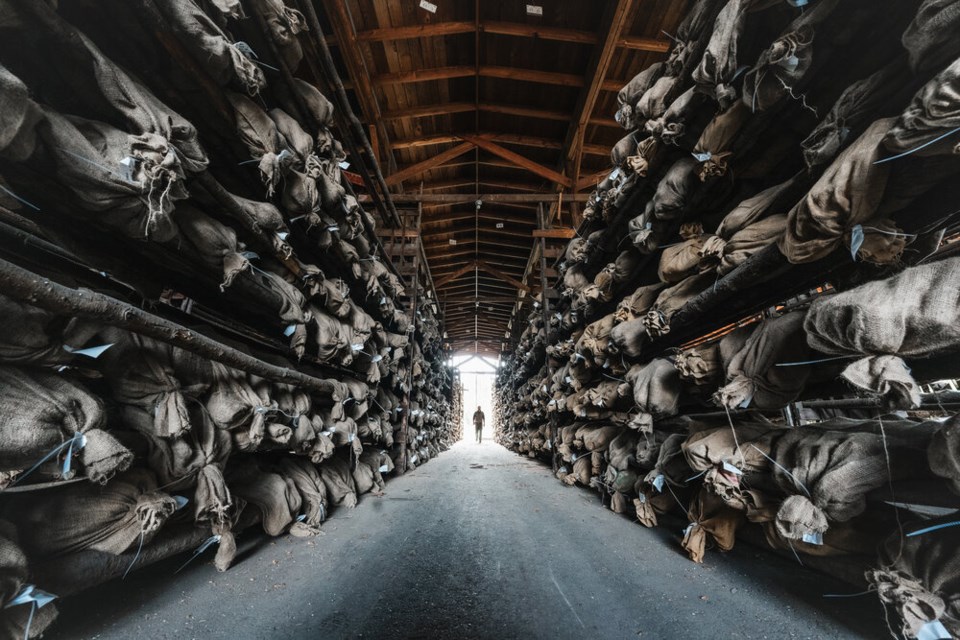
Limits of planting from above
Many drone-planting companies are only just emerging from a period of research and experimentation.
This past year, Flash Forest switched to a mechanical firing mechanism after it realized a compressed air seed pod gun would be too costly at scale, said Jones.
There are other more clear limits. Most companies have come to realize planting by drone is not yet practical in thick forests decimated by logging.
At the same time, drone technology has come a long way in recent years. The energy density of lithium-ion batteries has improved to allow for higher payloads and longer ranges.
Innes says companies like Flash Forest and DroneSeed still need to demonstrate that seeds can achieve high enough success rates to make them a viable supplement to tree planting by hand.
“If we’re going to have summer droughts, we’re going to have a lot of mortality,” said Innes.
No company executive or expert interviewed for this story said the technology threatens traditional tree-planting jobs. In fact, everyone from tree-planting companies to drone outfits says human planters are needed now more than ever.
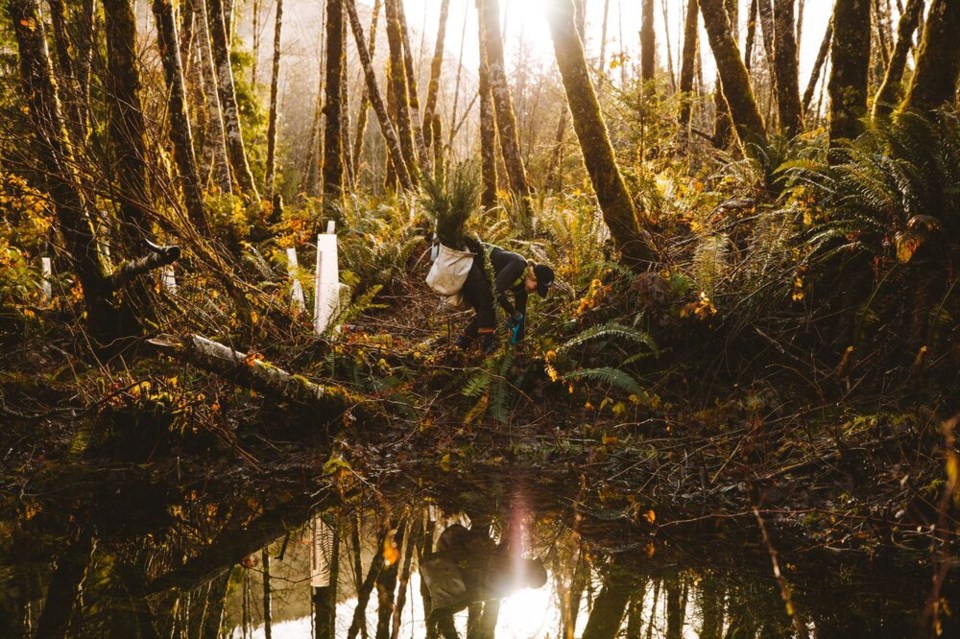
In DroneSeed's case, Meigs says the company always pairs aerial reseeding with traditional hand-planting methods to combine “the biological advantages of both seed and seedling.”
“We definitely need human tree planters,” added Jones.
Outside of reducing the consumption of fossil fuels, regrowing forests represents one of the greatest levers to draw down the planet's atmospheric carbon levels, many experts agree.
By one , forests could expand to absorb 25 per cent of the world's pool of atmospheric carbon, all without encroaching on cities or farms. But that will require every re-planting solution available.
“The world is changing. And it’s changing because of climate change,” said Innes.
“We need to change as well to adapt to that. And drone technology is one potential response to this.”
Video produced by Harry Linley


